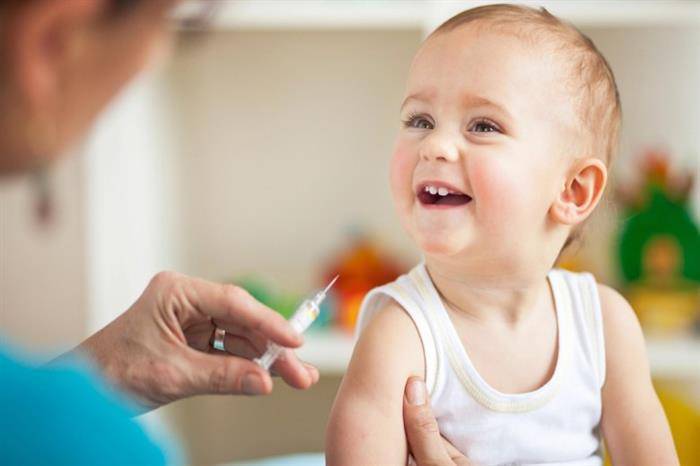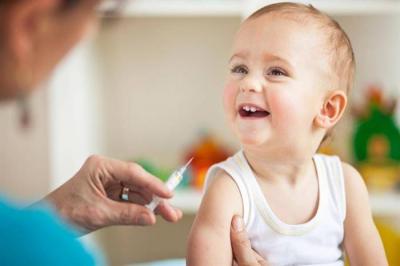The United Nations warned on Monday that child vaccination rates are experiencing stagnation worldwide and have yet to return to pre-COVID-19 levels. UNICEF and the World Health Organization stated in a joint statement that, compared to 2019 levels before the pandemic, an additional 2.7 million children have not been vaccinated or have not received all necessary vaccines by 2023.
UNICEF's Executive Director Catherine Russell noted that "latest trends show that many countries continue to neglect far too many children." In 2023, only 84% of children in the recommended age group received three doses of the DTP vaccine (diphtheria, tetanus, and pertussis vaccine), which amounts to 108 million children. The third dose is a key indicator of global vaccination coverage, according to data released by the UN health and childhood agencies. This percentage has remained unchanged since 2022, indicating that the modest progress made that year, after a sharp decline due to the COVID-19 crisis, has "slowed," according to the two UN agencies. This rate was 86% in 2019 before the pandemic.
Delayed Vaccination
Kate O'Brien, Director of Immunization at WHO, admitted to journalists, "We are delayed." She explained that "global vaccination coverage has not yet fully returned to normal levels following the historic decline observed during the pandemic." In 2023, 14.5 million children worldwide received "zero doses" of the vaccine, an increase compared to 13.9 million in 2022 and 12.8 million in 2019, according to the data released on Monday. O'Brien warned that "this puts the lives of the most vulnerable children at risk."
Half of the unvaccinated children live in 31 conflict-affected countries, where they are particularly at risk of contracting preventable diseases due to insecurity and inadequate access to food and health services. In these countries, children are also more likely to miss the necessary booster doses. Globally, 6.5 million children have not received their third dose of the DTP vaccine, which is essential for ensuring effective protection. These disparities in vaccination coverage contribute to the increased spread of certain diseases such as measles.
Concerns About Measles
WHO and UNICEF expressed concern over the delays in measles vaccination, one of the most contagious infectious diseases, amidst a significant rise in outbreaks around the world. WHO Director-General Tedros Adhanom Ghebreyesus stated that "the measles outbreaks are a warning sign of the current vaccination gaps, primarily affecting the most vulnerable populations."
In 2023, 83% of children worldwide received their first dose of the vaccine, the same level as in 2022, but still lower than the 86% recorded before the pandemic. Additionally, only 74% of those vaccinated received the necessary second dose, while vaccination coverage must reach 95% to stop the epidemic, according to the UN agencies.
Ephrem Limango, head of the immunization section at UNICEF, noted that over 300,000 measles cases were recorded in 2023, nearly triple the previous year. At least 103 countries have experienced outbreaks in the past five years. In contrast, 91 countries with strong measles vaccination coverage have not seen any outbreaks of the disease. Limango stated that ten crisis-affected countries, including Sudan, Yemen, and Afghanistan, account for over half of the unvaccinated children against measles.
On another note, the two UN agencies welcomed the progress made in vaccination against the human papillomavirus (HPV), which is primarily responsible for cervical cancer. However, this vaccine still reaches only 56% of adolescent girls in high-income countries and 23% in low-income countries, far below the target of 90%.




